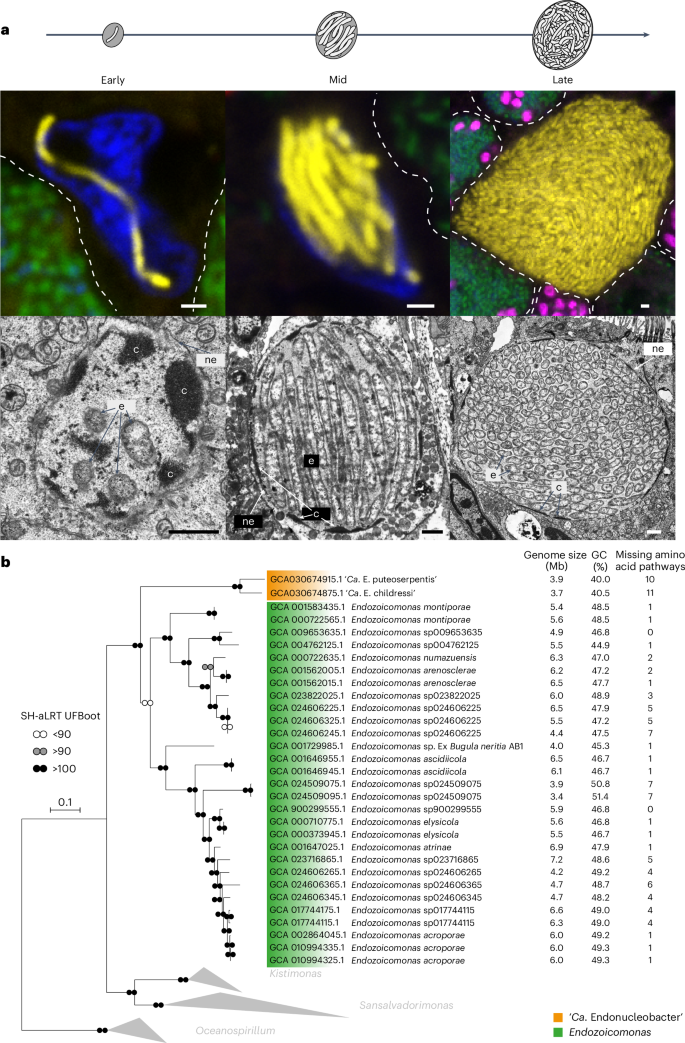2024-09-06 ロイヤルメルボルン工科大学(RMIT)
<関連情報>
- https://www.rmit.edu.au/news/all-news/2024/sep/diet-study
- https://www.sciencedirect.com/science/article/pii/S1871402124001103
オーストラリア人集団における低炭水化物食スコアと2型糖尿病リスクとの関連: 縦断的研究 Association of low carbohydrate diet score with the risk of type 2 diabetes in an Australian population: A longitudinal study
Robel Hussen Kabthymer, Md Nazmul Karim, Catherine Itsiopoulos, Allison M. Hodge, Barbora De Courten
Diabetes & Metabolic Syndrome: Clinical Research & Reviews Available online: 31 May 2024
DOI:https://doi.org/10.1016/j.dsx.2024.103049

Highlights
- Little is known about the long-term effects of a low carbohydrate diet on the risk of diabetes.
- When compared with Quintile 1, Quintile 5 low carbohydrate diet showed a 20 % increased diabetes risk.
- BMI mediated 76 % of the low carbohydrate diet & diabetes association.
Abstract
Aims
We aimed to assess the association of a low carbohydrate diet score (LCD) with the incidence of type 2 diabetes (T2D) using Melbourne Collaborative Cohort Study (MCCS) data.
Methods
Between 1990 and 1994, the MCCS recruited 41,513 people aged 40–69 years. The first and second follow-ups were conducted in 1995–1998 and 2003–2007, respectively. We analyzed data from 39,185 participants. LCD score was calculated at baseline as the percentage of energy from carbohydrate, fat, and protein. The higher the score the less percentage of carbohydrates contributed to energy intake. The association of LCD quintiles with the incidence of diabetes was assessed using modified Poisson regression, adjusted for lifestyle, obesity, socioeconomic and other confounders. Mediation of the association by adiposity (BMI) was assessed.
Results
LCD was positively associated with diabetes risk. Higher LCD score (p for trend = 0.001) was associated with increased risk of T2D. Quintile 5 (38 % energy from carbohydrates) versus quintile 1 (55 % energy from carbohydrates) showed a 20 % increased diabetes risk (incidence risk ratio (IRR) = 1.20 (95 % CI: 1.05–1.37)). A further adjustment for BMI (Body Mass Index) and WHR (Waist-to-Hip-Ratio) eliminated the association. Mediation analysis demonstrated that BMI mediated 76 % of the LCD & diabetes association.
Conclusions
Consuming a low carbohydrate diet, reflected as a high LCD score, may increase the risk of T2D which is largely explained by obesity. Results highlight the need for further studies, including clinical trials investigating the effects of a low carbohydrate diet in T2D.


